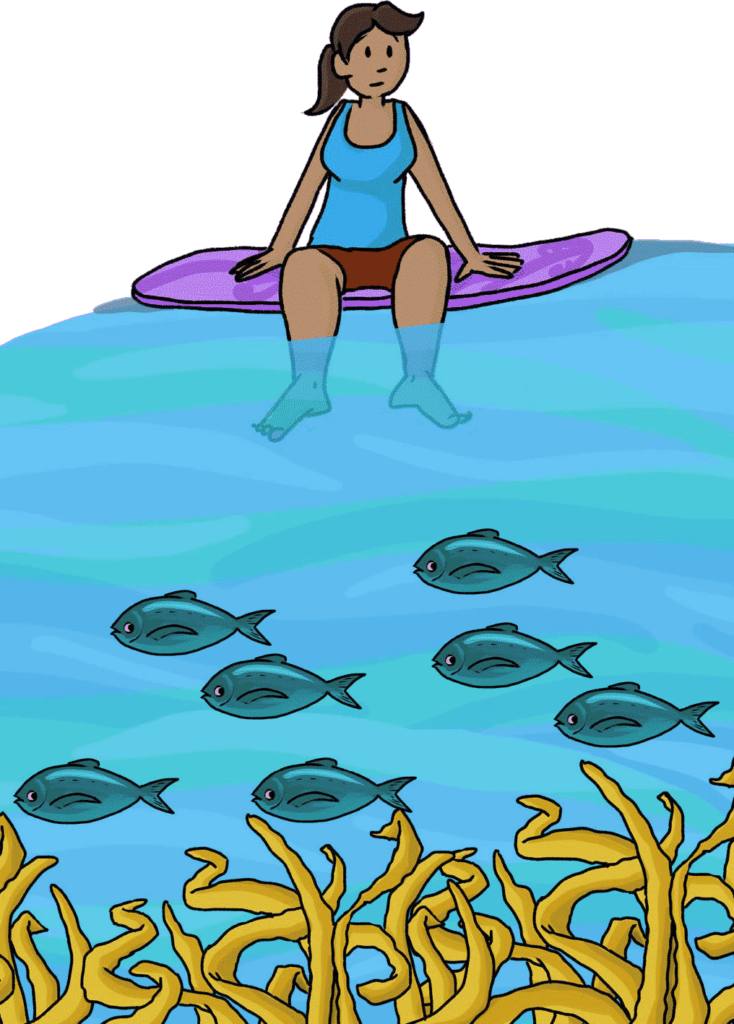
Every person’s body is unique. Innate variations in sex characteristics are understood to manifest in a spectrum of ways, many occuring naturally and in most cases not life threatening. Science tells us that some variations result from a genetic anomaly, while others may be the consequences of variations in chromosomal makeup, hormonal processes, or gonad formation. In some cases, there is little understanding of cause. There is still a lot for us to learn.
These variations may be diagnosed at birth or present at puberty and may go unnoticed. They may result in the appearance of external genitals looking different. There can also be variations in the internal reproductive system. Sometimes these variations can result in health professionals being uncertain initially about the sex of your child/tamaiti. This is due to sex often being determined by how genitals look, however this is only one way to reveal the sex of a child/tamaiti.
There is diversity among people with VSC. There are at least 40 different variations ranging from simple to very complex. There is also debate as to what is considered to be a VSC or not. Because of this, estimates of the number of people born with a VSC range from 1.7% to 4%.
Like any child/tamaiti, children/tamariki need to be supported to live happy and healthy lives.